In the realm of pet care, the dietary needs of dogs have continually evolved, mirroring advancements in nutritional science and a growing awareness of canine health. Historically, dogs were fed leftovers or scraps, but as pets have become more like family members, their diets have also received greater scrutiny and care. This shift reflects a change in attitudes toward pet care and a deeper understanding of canine nutritional needs. The following exploration into dog diet trends highlights how these changes have shaped current feeding practices, delving into the reasons behind the popularity of various diet types and their impact on canine health.
Historical Perspective of Dog Diets
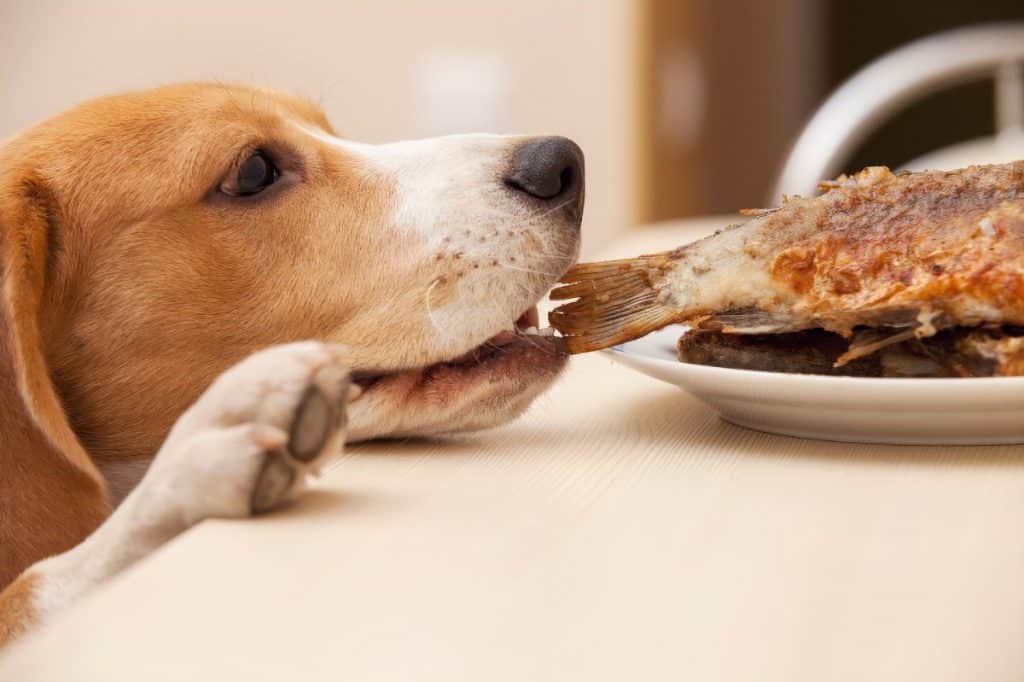
The diet of domestic dogs has seen a significant transformation over the centuries. Initially, dogs were often fed whatever was available, typically scraps and leftovers from their human companions’ meals. This diet was largely unregulated and varied greatly depending on the household and available resources. With the Industrial Revolution and the advent of commercial dog food in the early 20th century, a significant shift occurred. This era marked the beginning of scientifically formulated diets tailored specifically for canine nutrition. These early commercial foods primarily consisted of dry kibble or canned meat, offering convenience and balanced nutrition.
As dog ownership became more widespread, the industry responded with an ever-growing range of dietary options. By the late 20th century, pet food manufacturers began diversifying their offerings, driven by a deeper understanding of canine nutrition and a growing market demand. This era saw the introduction of specialized diets catering to various life stages, breeds, and health requirements, marking a significant evolution from the one-size-fits-all approach of earlier decades.
The Rise of Organic Dog Foods
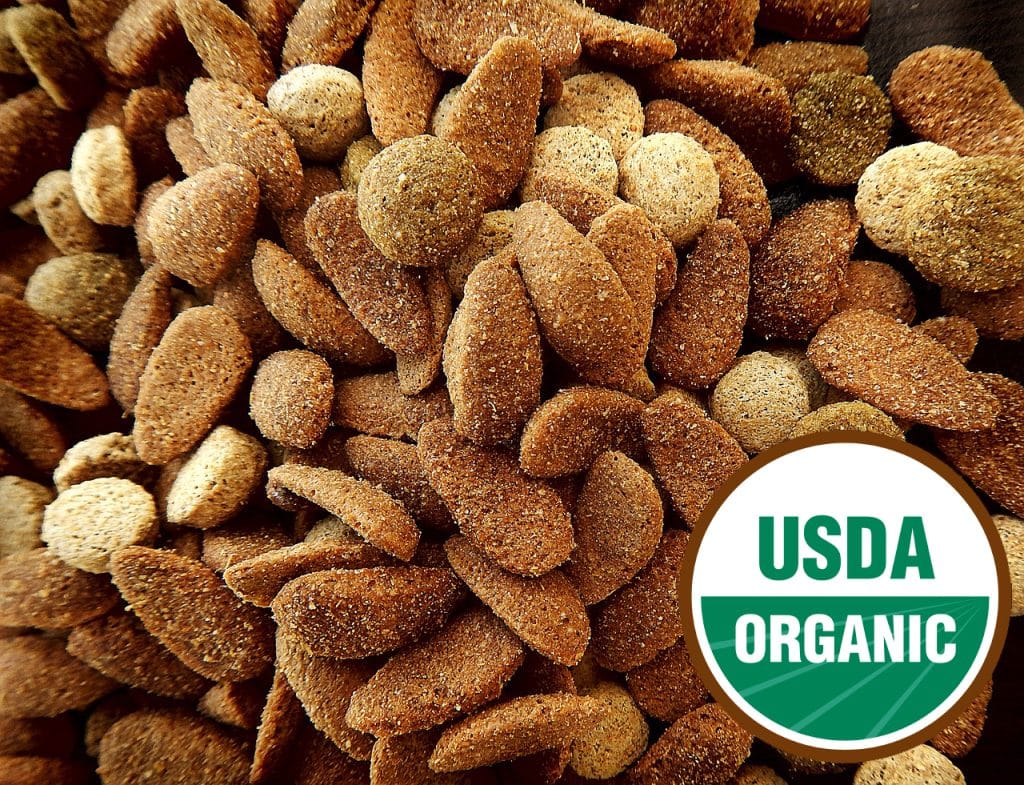
The turn of the millennium witnessed a burgeoning interest in organic foods, a trend that quickly extended to the pet food industry. Organic dog foods use ingredients free from pesticides, synthetic fertilizers, and genetically modified organisms (GMOs). This shift towards organic options reflects a broader societal move towards healthier, more sustainable eating practices. For dog owners, choosing organic food represents a commitment to providing their pets with a diet that is perceived as more natural and wholesome.
The benefits of organic dog food are often linked to the quality and sourcing of its ingredients. Proponents argue that organic foods provide higher nutritional value and are less likely to contain harmful chemicals or additives. This is particularly appealing to pet owners concerned about the long-term health effects of processed foods. Despite these perceived benefits, the debate continues regarding the tangible health advantages of organic dog food over conventional options, with some experts highlighting the need for more comprehensive studies.
Grain-Free Diets: A Growing Trend
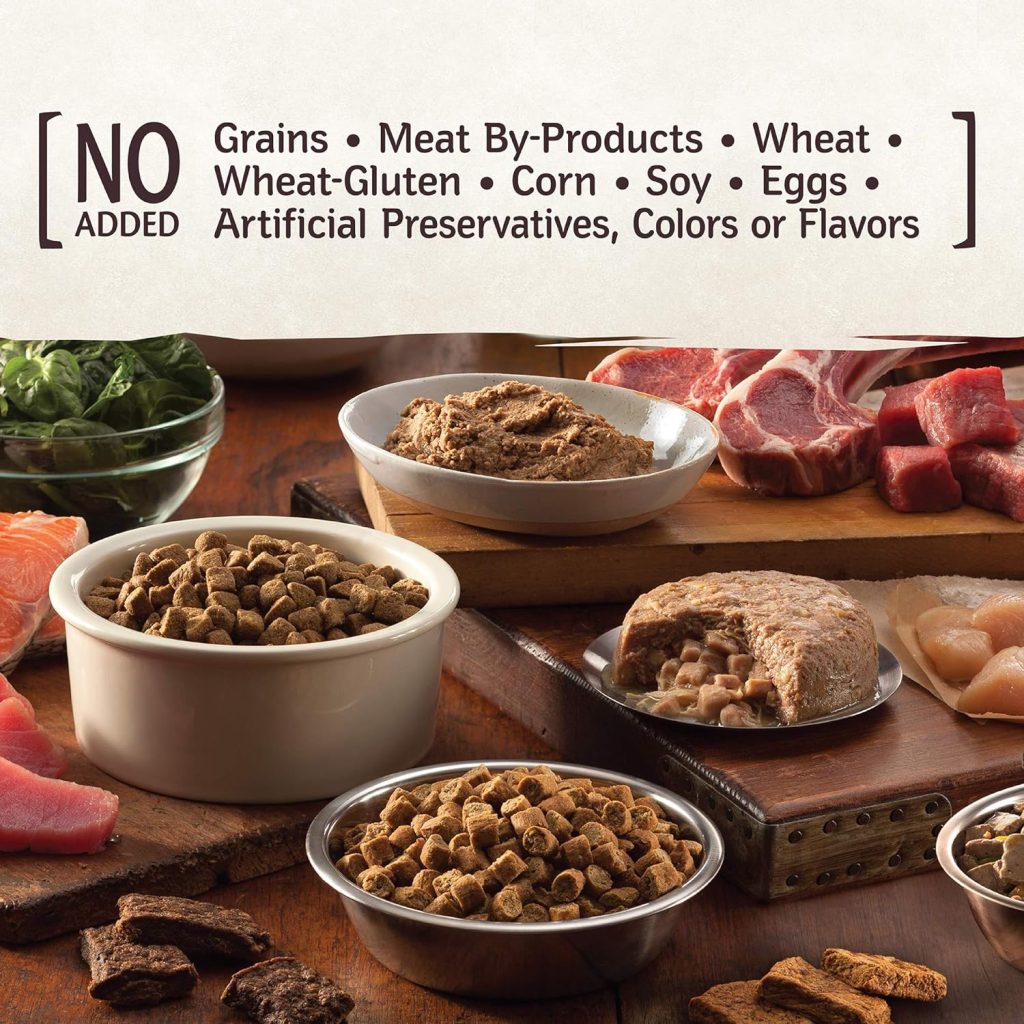
Grain-free dog food has emerged as a popular trend in canine nutrition. These diets exclude common grains such as wheat, corn, and rice, traditionally used as fillers in many commercial dog foods. The popularity of grain-free diets stems partly from concerns about food allergies and sensitivities in dogs, with grains often implicated as potential allergens. Additionally, there is a growing perception among pet owners that grain-free diets more closely mimic a dog’s natural ancestral diet, which was likely low in grains.
Despite their popularity, grain-free diets have been debated among veterinarians and pet nutritionists. While some dogs may benefit from a grain-free diet, particularly those with specific grain allergies or sensitivities, grains can be a healthy part of their diet for most dogs. Grains provide essential carbohydrates, vitamins, and fiber, contributing to a well-rounded diet. Moreover, recent studies have raised concerns about a potential link between grain-free diets and certain heart conditions in dogs, urging pet owners to make informed decisions and consult with veterinarians when considering these diets.
Raw Food Diets: Pros and Cons
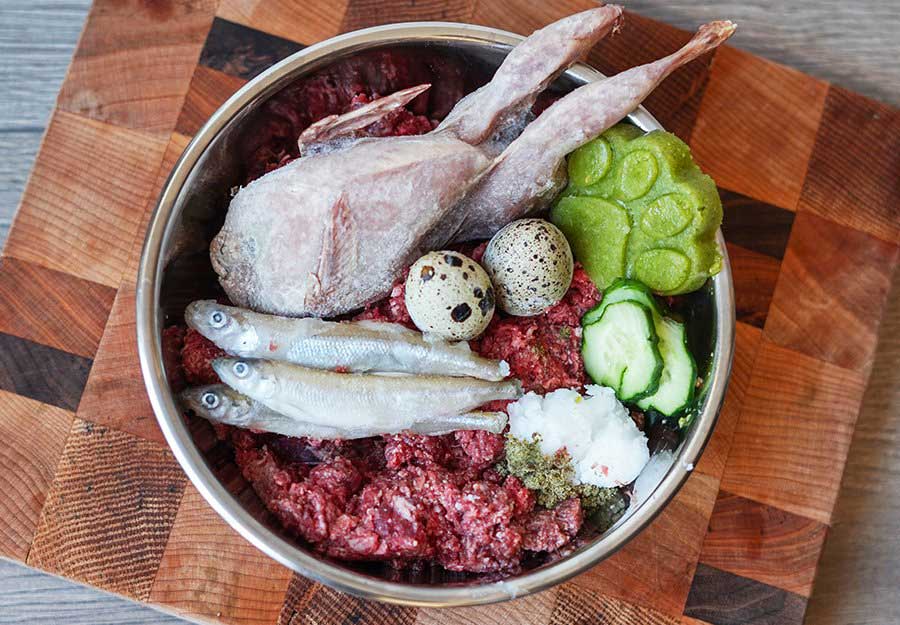
The raw food diet for dogs often called the BARF diet (Biologically Appropriate Raw Food or Bones and Raw Food), has gained popularity among a segment of pet owners. This diet typically includes raw meat, bones, fruits, and vegetables, mirroring the ancestral diet of wild canines. Advocates of the raw food diet argue that it offers numerous benefits, including improved coat health, higher energy levels, and better dental health. They believe this diet is more ‘natural’ for dogs and can lead to a healthier lifestyle.
However, raw diets are not without controversy. Veterinary experts express concerns about bacterial contamination in raw meat, which can pose health risks to pets and their owners. Additionally, ensuring a nutritionally balanced diet is challenging with raw foods, and deficiencies in certain nutrients can occur if the diet is not carefully managed. Pet owners considering a raw diet for their dogs are advised to consult with veterinarians to ensure that it meets all of their pet’s nutritional needs.
Homemade Dog Foods: Tailored Nutrition
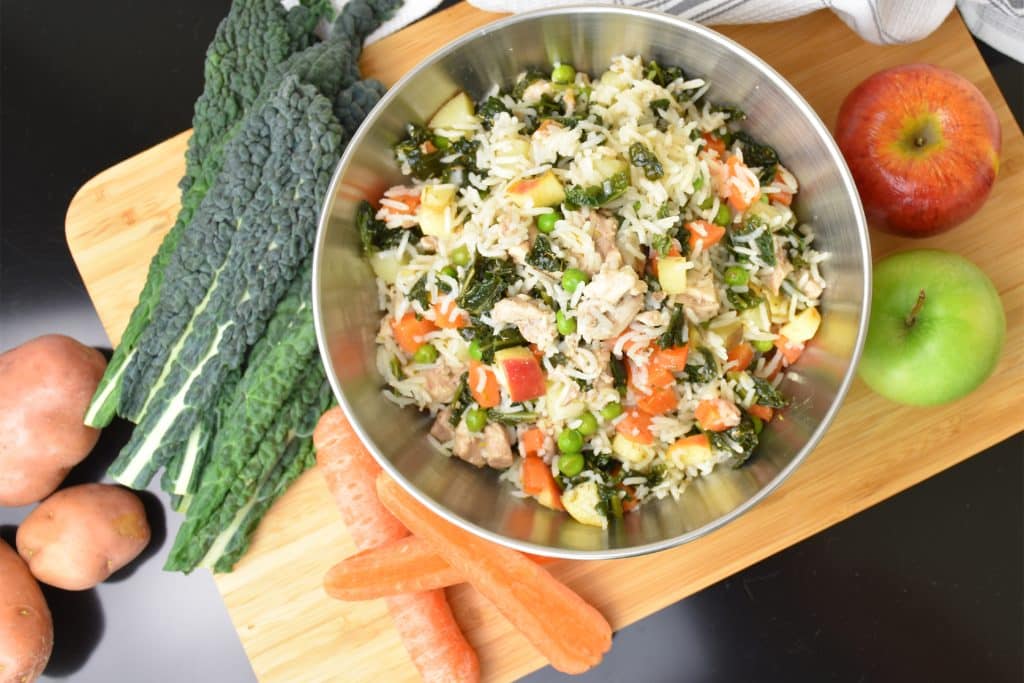
Homemade dog food has become an appealing option for owners wanting more control over their pet’s diet. This trend allows for the customization of meals based on a dog’s specific nutritional requirements, taste preferences, and health conditions. Preparing food at home enables owners to use fresh, whole ingredients, potentially leading to a more nutritious and appealing meal for their pets.
However, crafting a balanced homemade diet requires a thorough understanding of canine nutrition. Essential nutrients, proper proportions, and variety are critical to prevent nutritional deficiencies or imbalances. Veterinarians and pet nutritionists can guide recipes and supplements to ensure that homemade diets are nutritionally complete. While time-consuming and potentially more expensive, many owners find the personalized approach of homemade diets a worthwhile investment in their dog’s health.
Specialized Diets for Health Issues
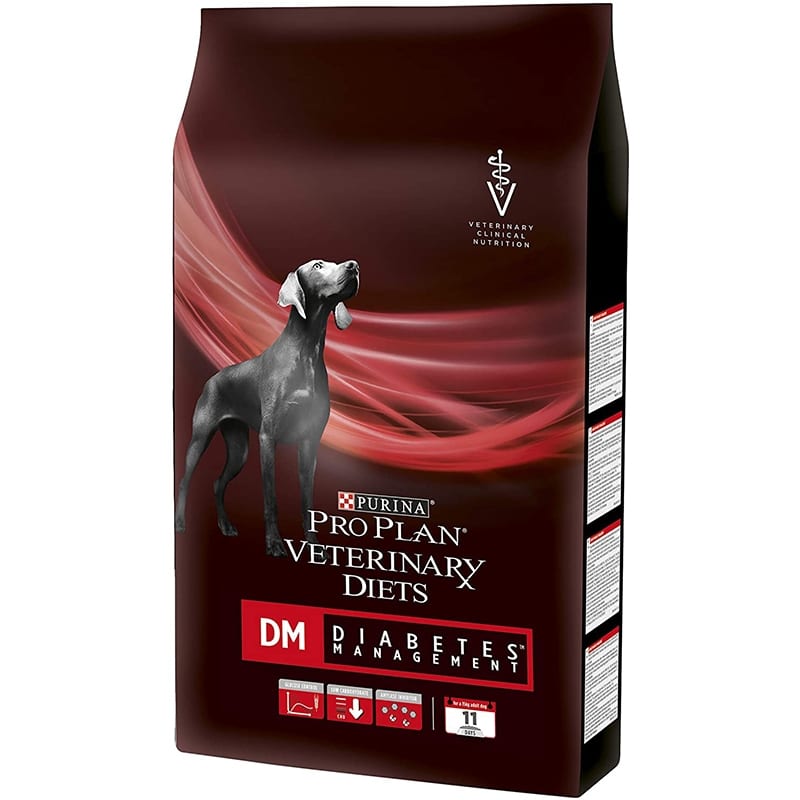
Diet plays a crucial role in managing various health conditions in dogs. Obesity, diabetes, kidney disease, and allergies are some common issues that can be addressed, at least in part, through dietary changes. Specialized commercial diets are available to cater to these specific health needs, providing tailored nutrition that can help manage symptoms and improve overall health.
For instance, dogs with kidney disease may benefit from diets low in phosphorus and protein, while diabetic dogs often require high-fiber, low-fat diets to help regulate blood sugar levels. Pet owners must work closely with their veterinarians to select the appropriate diet based on their dog’s health needs. An individualized approach to nutrition can significantly improve the quality of life for dogs with chronic health conditions.
The Bottom Line
Navigating the world of canine cuisine requires a balance of knowledge, care, and attention to each dog’s unique needs. The trends in dog diets reflect a deeper understanding of canine nutrition and a commitment to providing our canine companions with the best possible care. While trends come and go, the core principle remains the same: a well-balanced, nutritious diet is essential for the health and well-being of our dogs. Consulting with veterinarians and nutritionists, staying informed about the latest trends and research, and considering our pets’ needs are all crucial steps in ensuring a healthy diet for our beloved dogs.